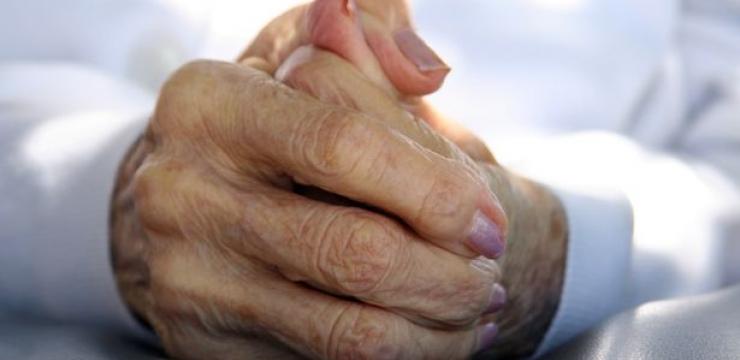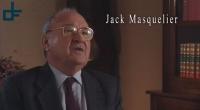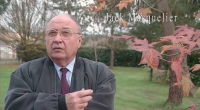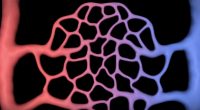
- Rheumatoid arthritis
- Excerpt
Rheumatoid arthritis involves a broader spectrum of conditions than plain arthritis, but the terms rheumatism and arthritis are commonly used interchangeably by doctors and patients. Rheumatism ranges from morning stiffness to complete loss of function, immobilization, and even deformity of the joint. The onset of the inflammation marks the disease when the joints become swollen and painful. Most of the patients suffer from increasingly severe and frequent attacks. The official medical doctrine tells us that there is no cure for arthritis. The only thing that can be done is to alleviate the pain by way of pain killers and anti-inflammatory drugs such as indomethacin and ibuprofen. Gentle exercise may help to keep the joints flexible.
[…..]
Rheumatoid arthritis is officially classified as a collagen disease that affects and, in some cases, destroys the joints of children as well as elderly people. That arthritis is a collagen disease automatically brings it under the influence of OPCs. Masquelier’s American antioxidant patent (U.S. Patent 4,698,360) touches on this disease with the following words: “Similarly, alterations of the synovial fluid by depolymerisation of hyaluronic acid during articular diseases as well as collagen degradation during so-called collagen diseases (for instance, multiple sclerosis) spring from the action of free radicals and so enter into the therapeutic indications of proanthocyanidins.”
[…..]
In Masquelier’s antioxidant patent, he described how free radicals can degrade hyaluronic acid. Obviously, when they are present in excess, free radicals can seep through the synovial membrane’s capillary network, reach the synovial fluid, degrade it, and make the joint less flexible. This may then lead to the first stage of arthritis: the inflammation of the synovial membrane. In later stages, the inflammation may destroy cartilage, bone capsule, and parts of the muscle that control the joint. During the final stage of arthritis, fibrous tissue invades the joint, and eventually, this tissue may calcify and completely immobilize the joint.
[…..]
At this point in the discussion of the inflammatory condition called arthritis, remember how the many facets of OPCs’ activity may interfere with many of the aspects that cause and perpetuate arthritis. I speak an optimistic word here, but I do so very cautiously because in the more severe forms of rheumatoid arthritis, much irreparable deformation has already taken place and flexibility may be lost forever. Yet, OPCs’ capacity to scavenge free radicals will protect the hyaluronic acid against degradation. Additionally, the inhibition of hyaluronidase protects hyaluronic acid, and OPCs’ vascular activity contributes to the maintenance of the capillary network in the synovial membrane. Then, OPCs’ inhibition of the various inflammatory mediators (histamine) results in less pain and swelling.
[…..]
This book is not intended to give medical advice; the treatment of arthritis is best left to medical doctors and other qualified health professionals. So, health professionals should be aware of the fact that OPCs play a safe and essential role in interrupting and reversing the many events that determine the inflammatory process. Also, where the use of Aspirin or NSAIDs is indicated, OPCs help prevent the negative effect these drugs have on relative capillary permeability. In the broader perspective of health, degeneration, and disease, OPCs’ antioxidant and anti-inflammatory capacities are probably its most dominant feature. It is the reason OPCs have a remedial effect on the many correlations between the factors that negatively influence our health, leading to such varying diseases as asthma, gastritis, and the inflammation of nerves and joints as well as other inflammatory disorders and allergies.






